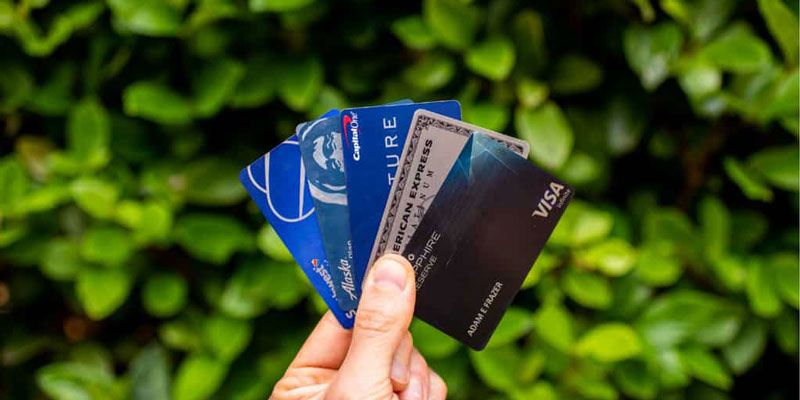'The experience of keeping your travel website is analogous to keeping a diary. You can write your experiences down on paper and share them with the world. We already do most of this with our friend groups using social media platforms, so why not put it into a website and earn some money along the way?
'
'
'
'An online 'travel website' pursues one purpose in particular. They are assisting other individuals in finding answers. Booking is a service that helps customers in making travel arrangements, including reservations for flights, hotels, and other accommodations. People who are planning a trip might get answers to their questions about the locations they want to visit by reading travel blogs such as Nomadic Matt or Via Travelers. This function that travel and tourism websites used to fulfill before blogging made it possible for individuals to share their first-hand experiences and viewpoints. If you can assist other people, you will discover success. If you've been all over the globe, you'll better understand the challenges of traveling. Let's get into the specific procedures that will guide you through creating your travel website or blog.
''
'
'Step 1: Choose a Market Segment
''
'
'It would help if you had a clear direction and goal for your website before you could begin building it. If you can establish yourself as an expert in a specific aspect of travel, you will have a foundation to expand your general knowledge of travel. Begin by defining your audience or users, then build them up. If you are seeking unfilled market niches, you may get some ideas by looking at the most recent data from Google Trends. The following are some examples of sub-niches within the travel industry:
''
'
- '
- 'Dog-friendly travel '
- 'Travel that is gentler on the environment and more sustainable '
- 'Budget-friendly travel '
- 'International travel '
- 'Solo travel '
- 'The business of a travel agency '
'
'
'You may also target countries or towns experiencing economic booms by developing a travel website. One example of such a place in Dubai is seeing a surge in tourism. This is an excellent strategy for capitalizing on the growing expectations of consumers.
''
'
'Step 2: Determine What It Is That You Will Be Selling
''
'
'For my part, all I wanted was a straightforward and easy-to-use travel website. A specific system for travel bloggers would make my job much more detailed and wouldn't need me to have extensive knowledge of programming. I was aware that generating content, whether it be via high-quality photography, content-based email marketing, or written material, was something I enjoyed doing.
''
'
'As a travel writer, my strategy for making money primarily produces high-quality material that encourages readers to indulge their wanderlust. When I started, I could employ display advertising with Ezoic and affiliate partner partnerships with several companies that allow users to book flights and hotels. It's a simple idea, but executing it well takes a lot of hard work and dedication.
''
'
' '
'
'
'
'On the other hand, if you decide to run a website for 'travel' bookings rather than a website for a travel agency, the way you attract prospective consumers can be very different. It's possible, for instance, that you won't need to produce as much material as a travel blogger does. However, you may need to place a greater emphasis on the production of leads. Determine first what you will be selling, and only after that will you be able to move backward in terms of your digital marketing efforts to attract customers to the sale event. That can be accomplished very quickly.
''
'
'Step 3: Pick a Distribution Method
''
'
'Now we'll get into the more technical aspects. I'm going to keep things simple. The following is an easy-to-follow guide that will walk you through the process of deciding which platform you should choose to develop your website:
''
'
- '
- 'WordPress equates to content. '
- 'Shopify = Electronic Commerce '
- 'SaaS = HTML/PHP '
- 'Service is equivalent to WordPress '
'
'
'If you want to develop content for your 'website', the location of your site's foundation is not really up for discussion at all. That would be WordPress. Don't even bother to consider the possibility of any other choice. If you want to build an intuitive design without the effort of having to know how to code, you may want to think about utilizing StudioPress or Thrive Themes.
''
'
'Step 4: Find Hosting
''
'
'In the same vein as a platform, my advice is to simplify things. Don't give your choices too much thought. I'll simplify things for you. In cases when you are developing software, hosting ought to be a simple process. You will want incredible server speeds when developing software as a service solution. You may probably anticipate having a substantial quantity of information and material loaded in real-time.
''
'
'Step 5: Create Content
''
'
'It would help if you started producing content as soon as possible, regardless of the path you choose to follow. How do you intend to sell your software if you are a software as a service (SaaS) product?
''
'
' '
'



